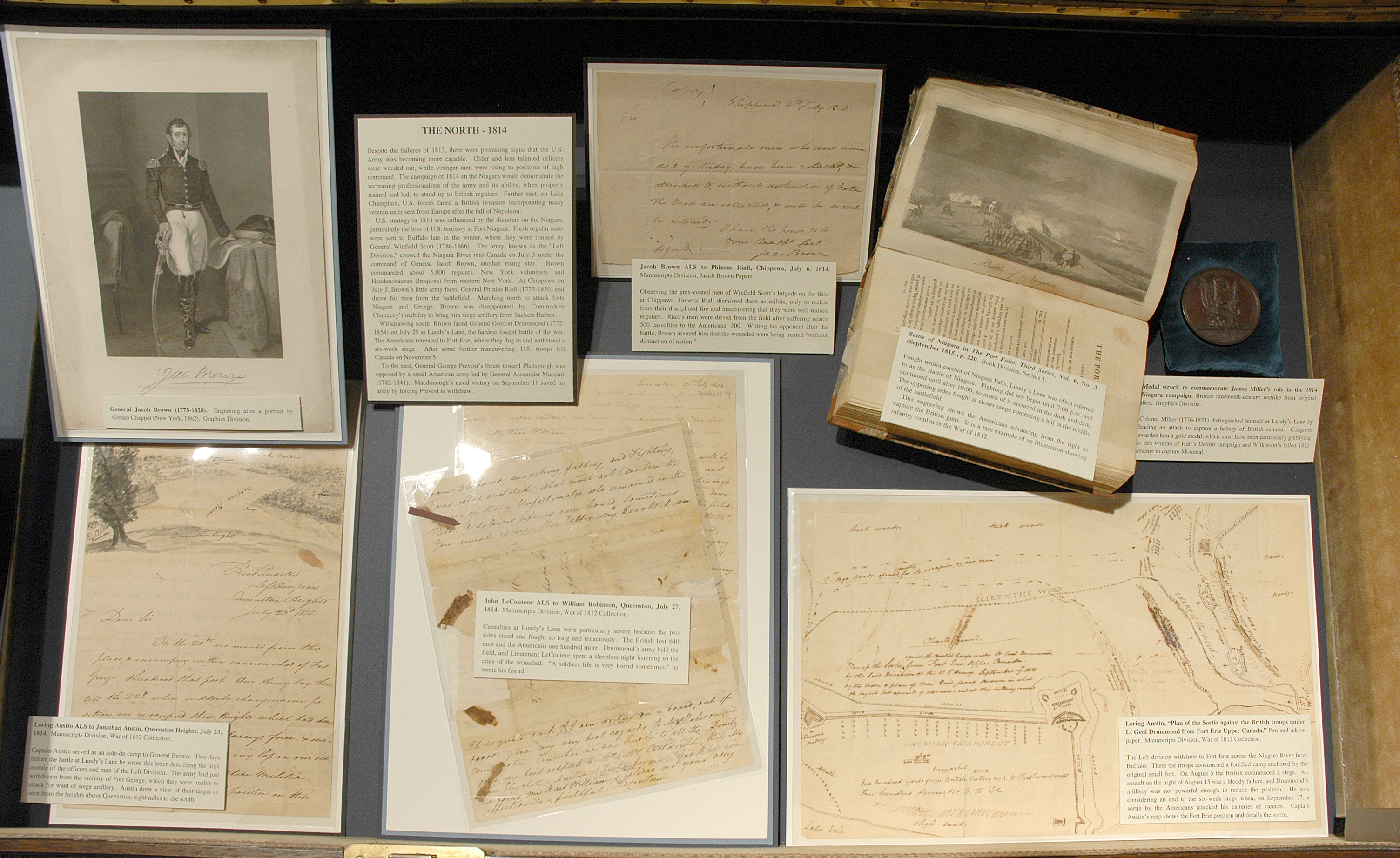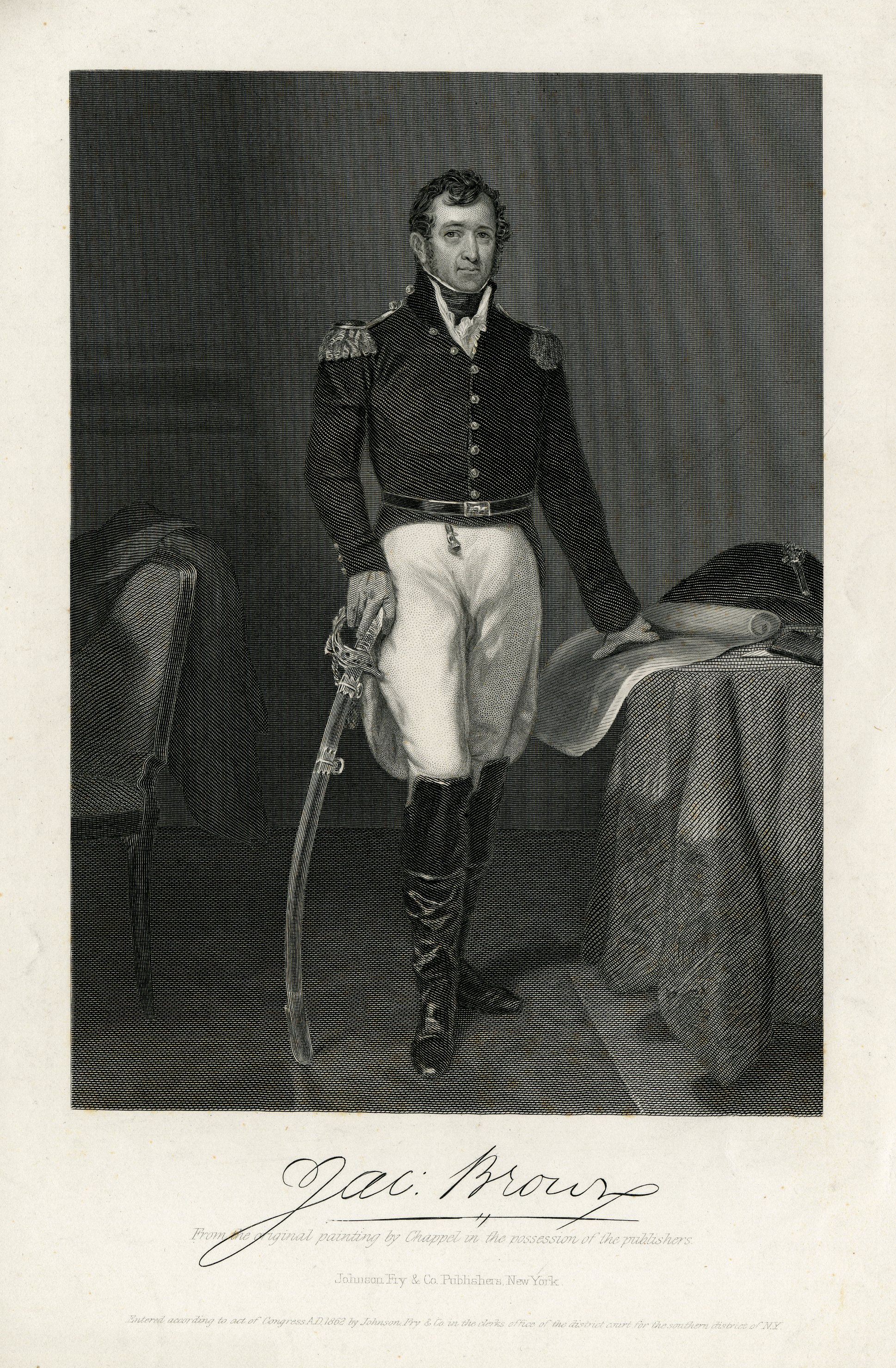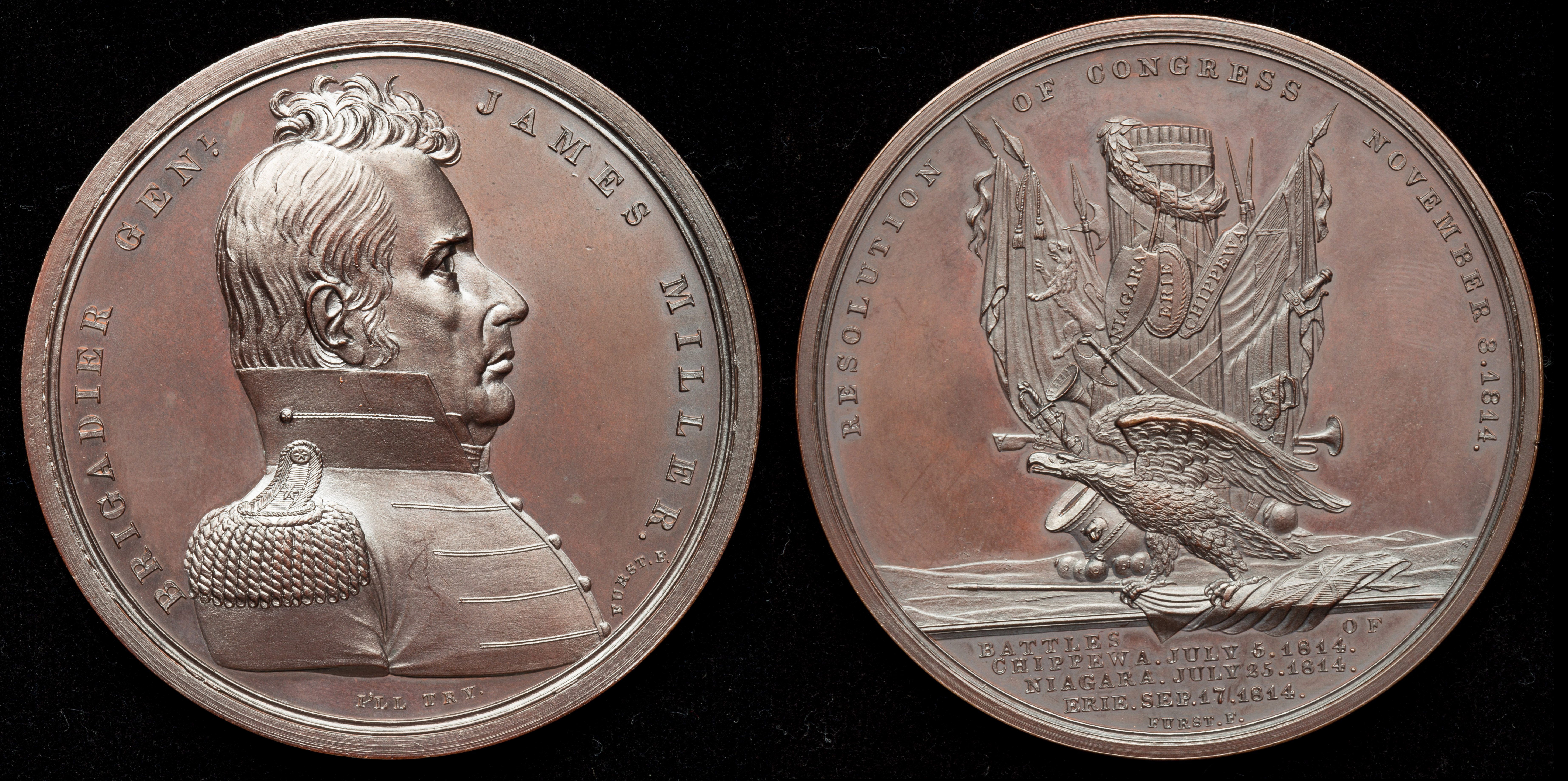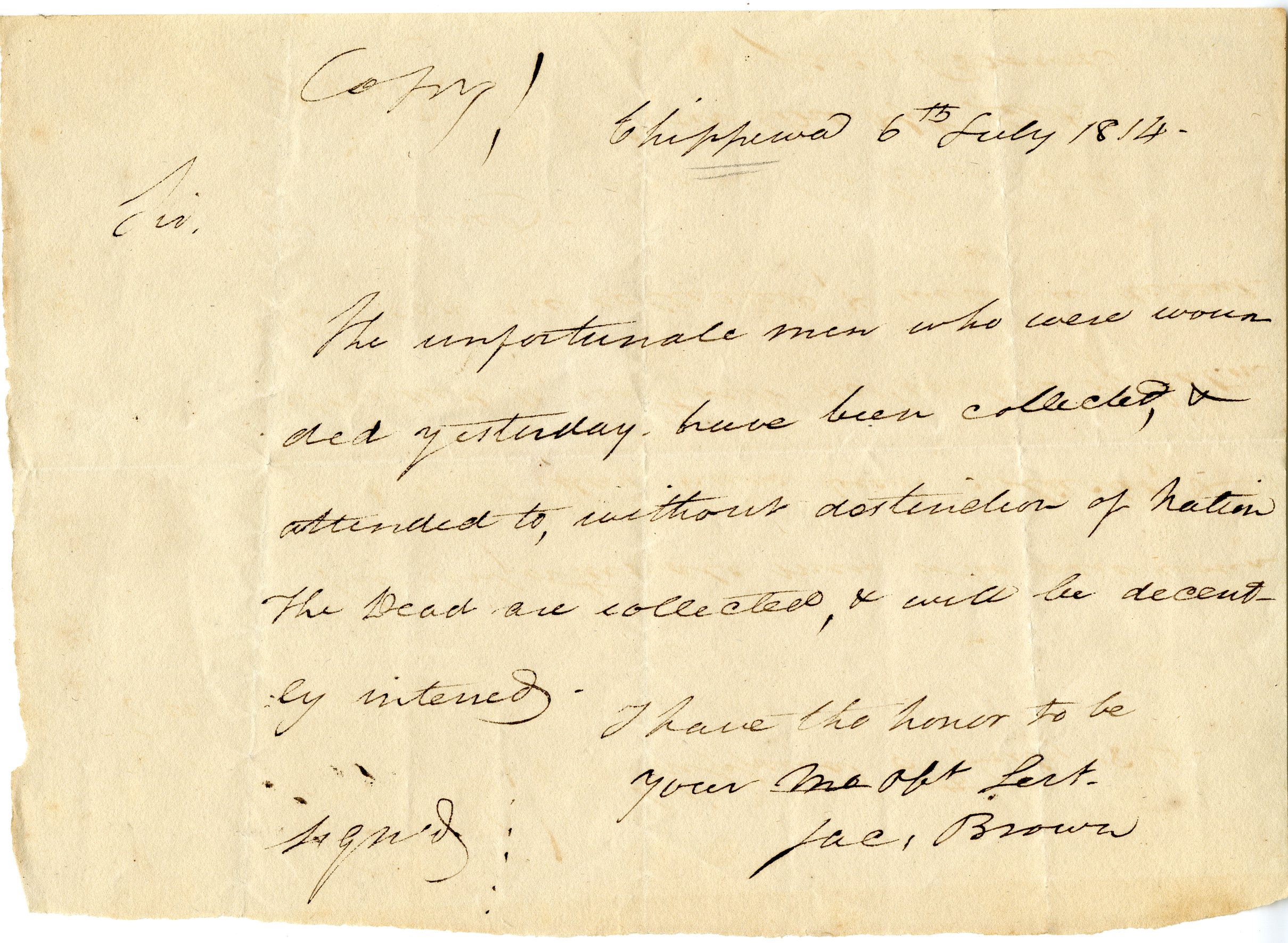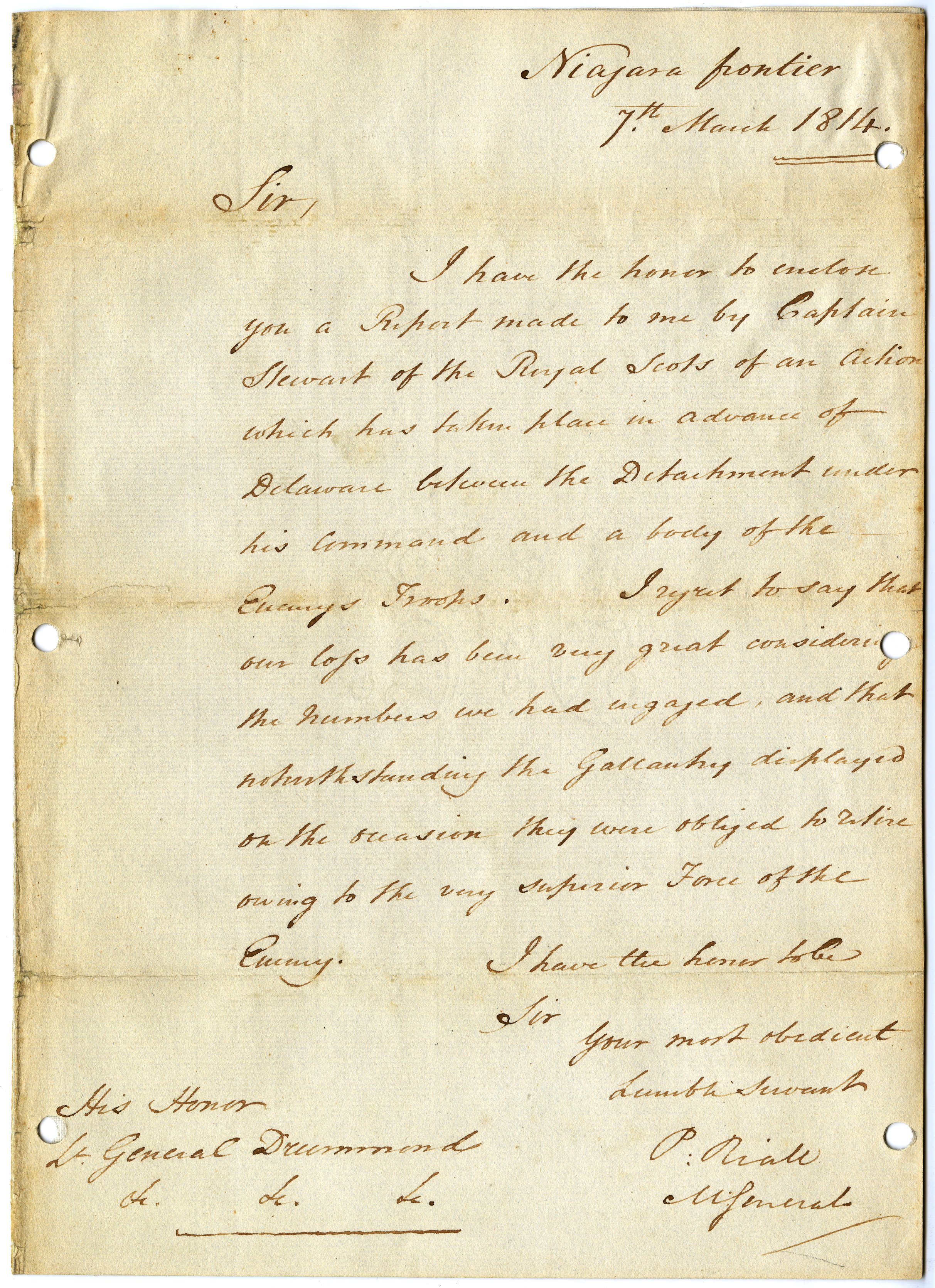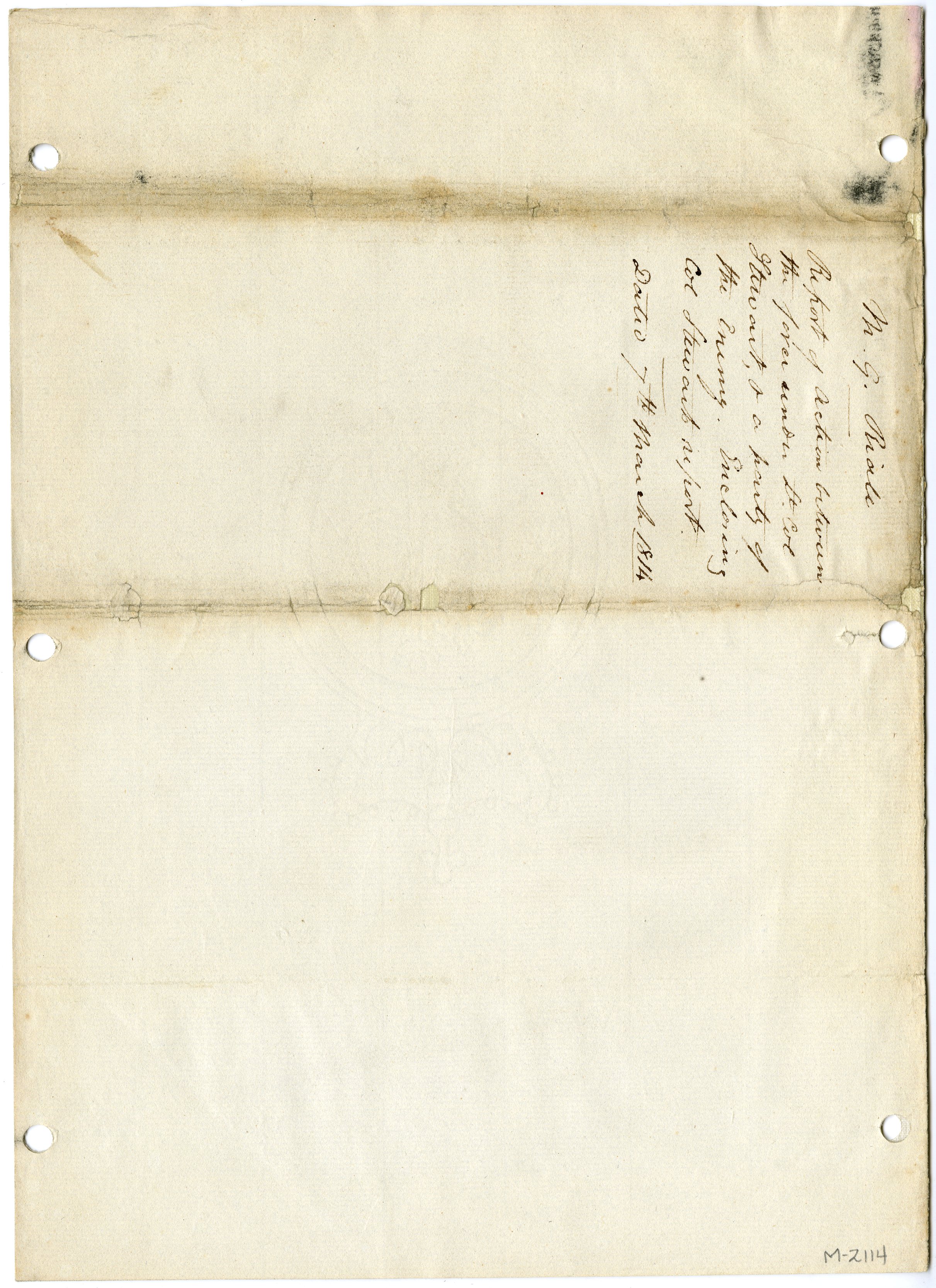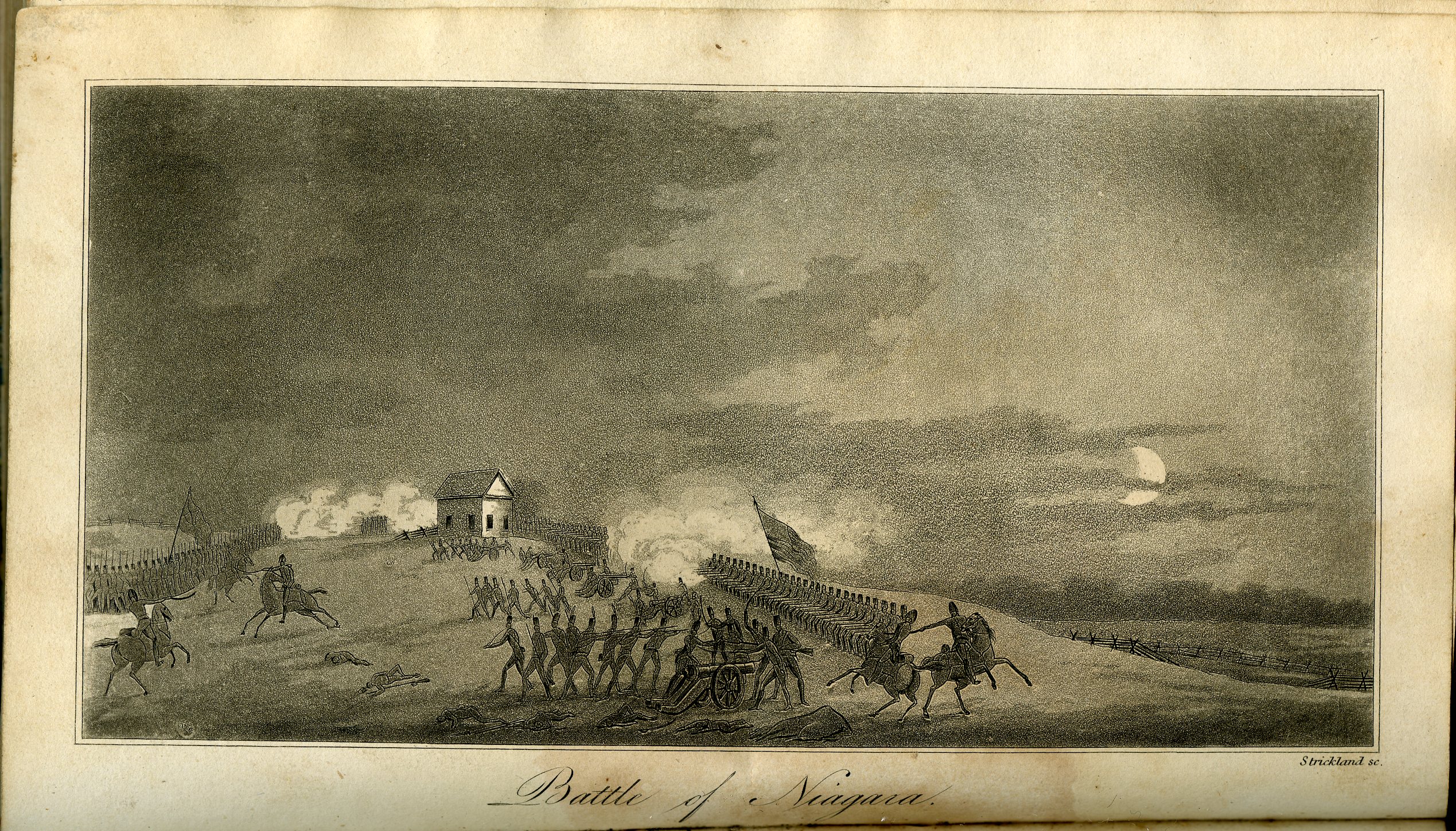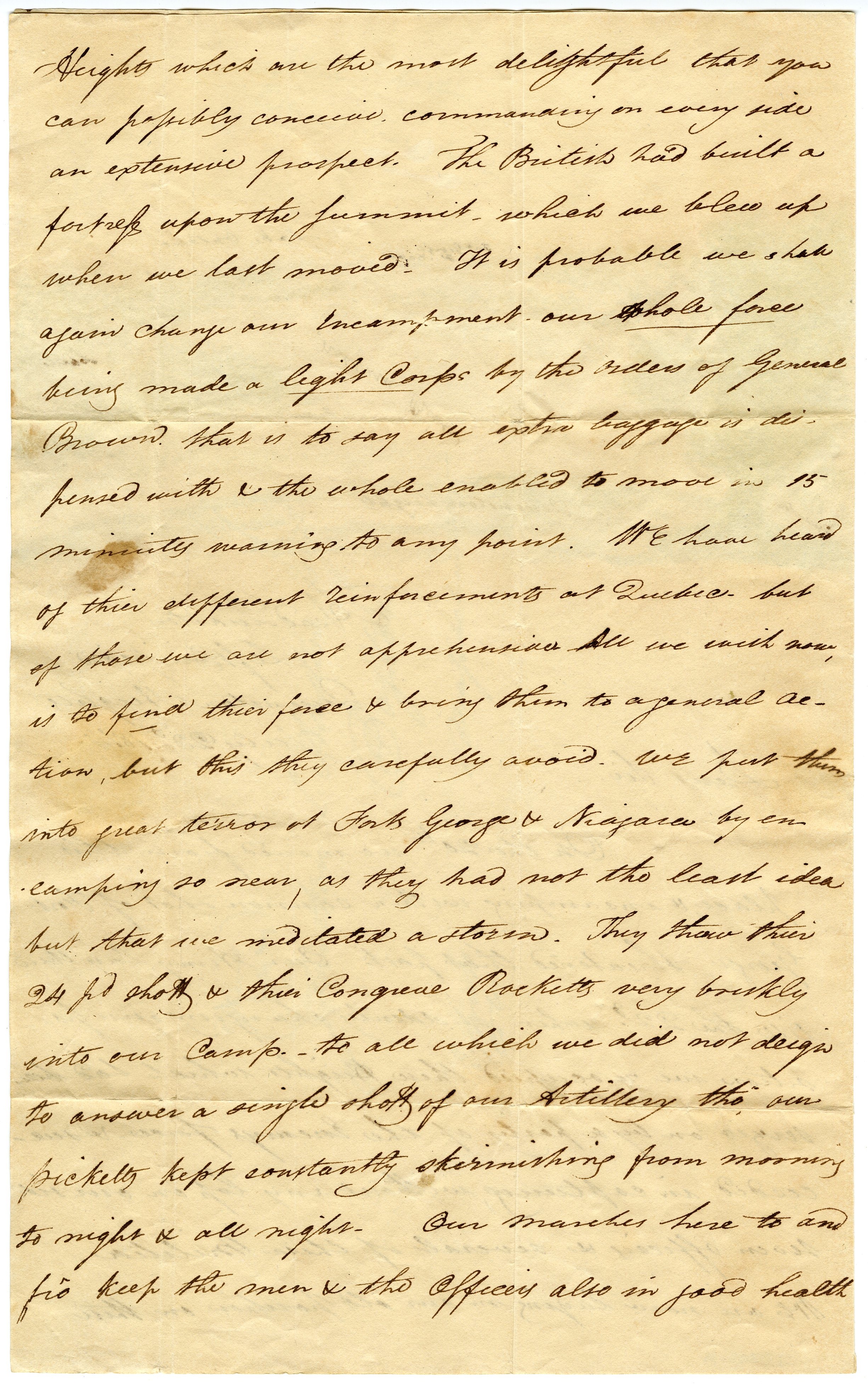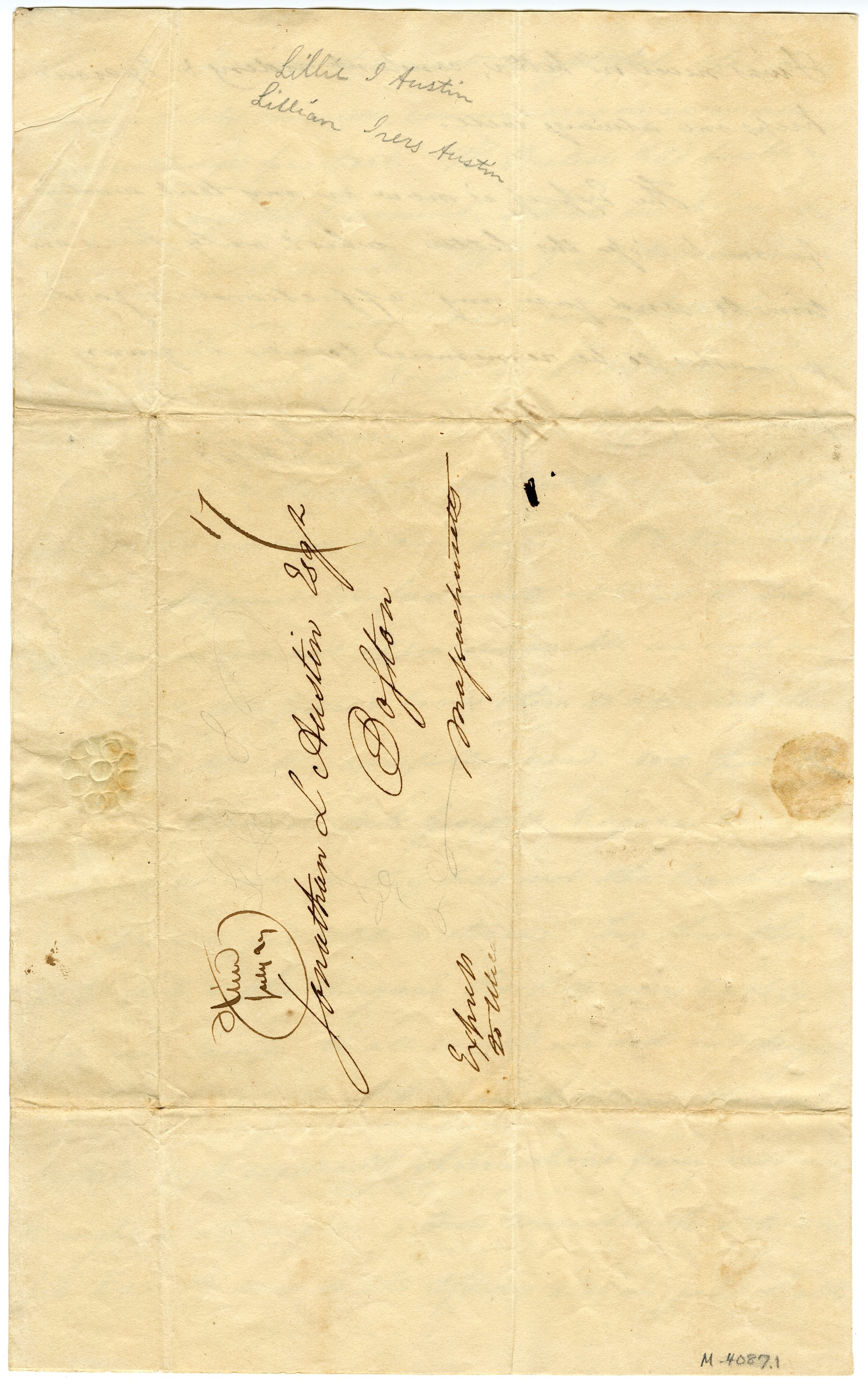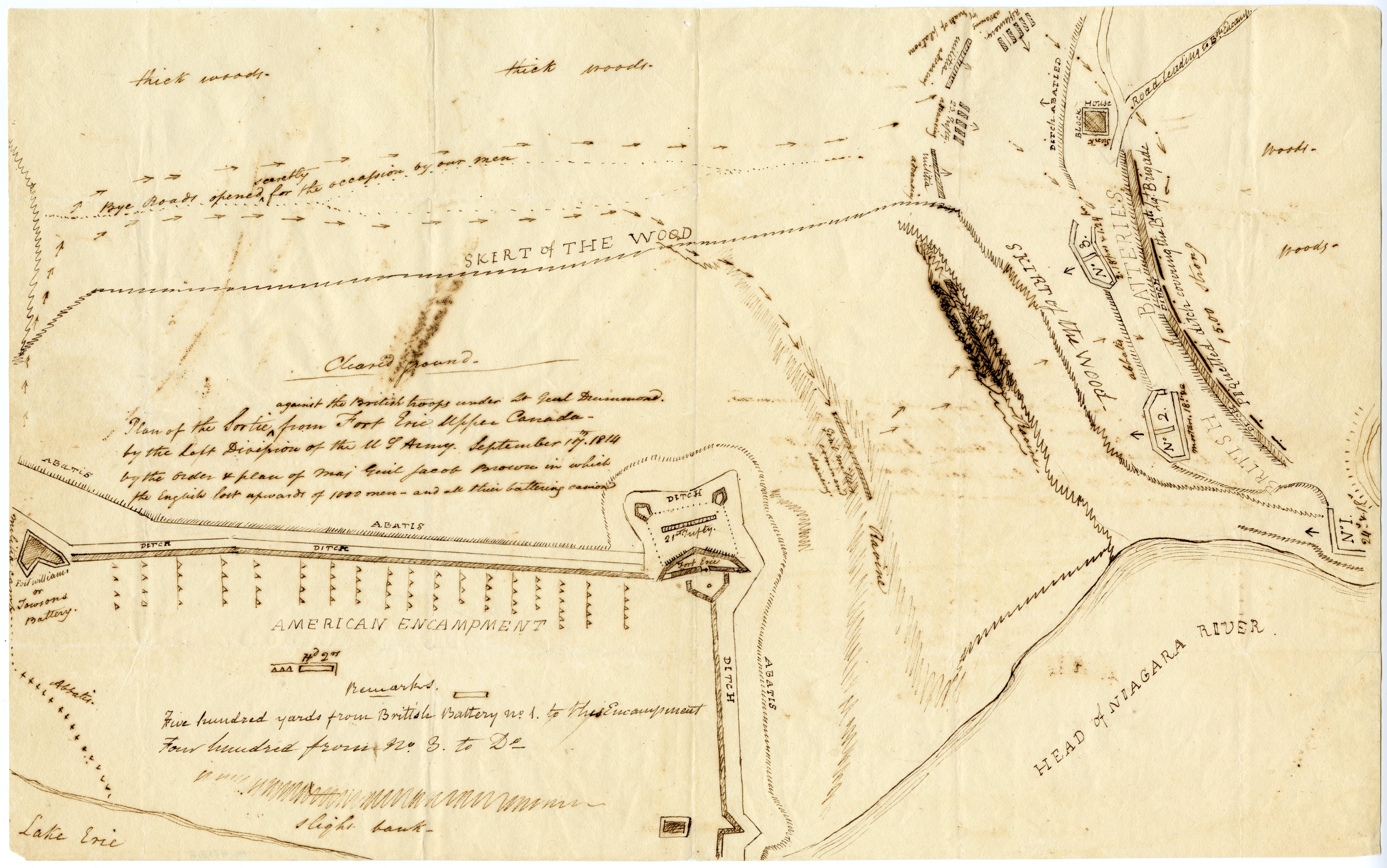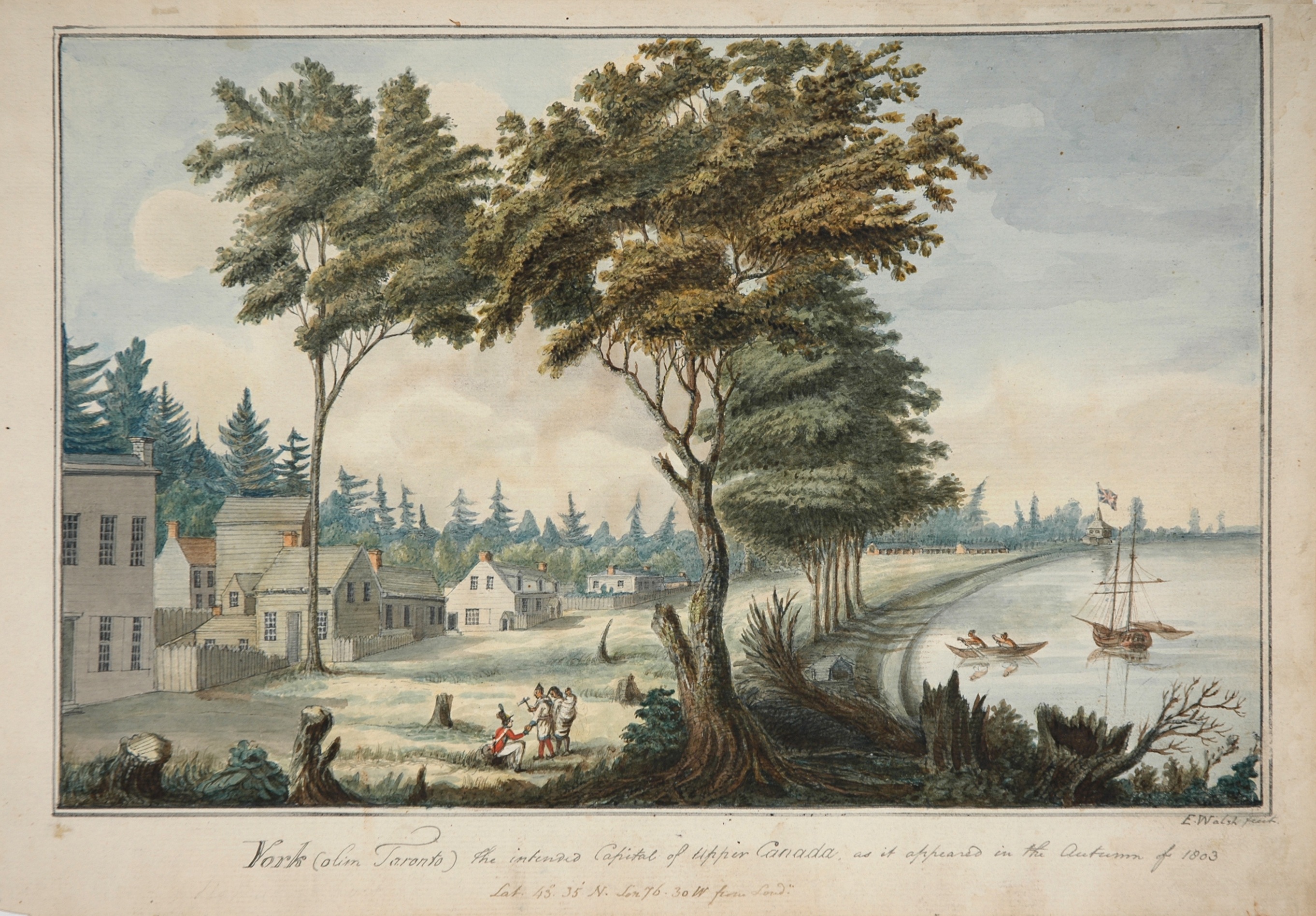The War of 1812: A Bicentennial Exhibition, Case 12
Case 12: The North – 1814
Despite the failures of 1813, there were promising signs that the U.S. Army was becoming more capable. Older and less talented officers were weeded out, while younger men were rising to positions of high command. The campaign of 1814 on the Niagara would demonstrate the increasing professionalism of the army and its ability, when properly trained and led, to stand up to British regulars. Farther east, on Lake Champlain, U.S. forces faced a British invasion incorporating many veteran units sent from Europe after the fall of Napoleon.
U.S. strategy in 1814 was influenced by the disasters on the Niagara, particularly the loss of U.S. territory at Fort Niagara. Fresh regular units were sent to Buffalo late in the winter, where they were trained by General Winfield Scott (1786-1866). The army, known as the “Left Division,” crossed the Niagara River into Canada on July 3 under the command of General Jacob Brown, another rising star. Brown commanded about 5,000 regulars, New York volunteers and Haudenosaunee (Iroquois) from western New York. At Chippawa on July 5, Brown’s little army faced General Phinias Riall (1775-1850) and drove his men from the battlefield. Marching north to attack forts Niagara and George, Brown was disappointed by Commodore Chauncey’s inability to bring him siege artillery from Sackets Harbor.
Withdrawing south, Brown faced General Gordon Drummond (1772-1854) on July 25 at Lundy’s Lane, the hardest-fought battle of the war. The Americans retreated to Fort Erie, where they dug in and withstood a six-week siege. After some further maneuvering, U.S. troops left Canada on November 5.
To the east, General George Prevost’s thrust toward Plattsburgh was opposed by a small American army led by General Alexander Macomb (1782-1841). Macdonough’s naval victory on September 11 saved his army by forcing Prevost to withdraw.
General Jacob Brown (1775-1828). Engraving after a portrait by Alonzo Chappel (New York, 1862). Graphics Division.
Medal struck to commemorate James Miller’s role in the 1814 Niagara campaign. Bronze nineteenth-century restrike from original dies. Graphics Division.
Colonel Miller (1776-1851) distinguished himself at Lundy’s Lane by leading an attack to capture a battery of British cannon. Congress awarded him a gold medal, which must have been particularly gratifying to this veteran of Hull’s Detroit campaign and Wilkinson’s failed 1813 attempt to capture Montréal.
Jacob Brown ALS to Phineas Riall, Chippewa, July 6, 1814. Manuscripts Division, Jacob Brown Papers.
Observing the gray-coated men of Winfield Scott’s brigade on the field at Chippawa, General Riall dismissed them as militia, only to realize from their disciplined fire and maneuvering that they were well-trained regulars. Riall’s men were driven from the field after suffering nearly 500 casualties to the Americans’ 300. Writing his opponent after the battle, Brown assured him that the wounded were being treated “without distinction of nation.”
John LeCouteur ALS to William Robinson, Queenston, July 27, 1814. Manuscripts Division, War of 1812 Collection.
Casualties at Lundy’s Lane were particularly severe because the two sides stood and fought so long and tenaciously. The British lost 640 men and the Americans one hundred more. Drummond’s army held the field, and Lieutenant LeCouteur spent a sleepless night listening to the cries of the wounded. “A soldiers life is very horrid sometimes,” he wrote his friend.
Battle of Niagara in The Port Folio, Third Series, Vol. 6, No. 3 (September 1815), p. 220. Book Division, Serials 1.
Fought within earshot of Niagara Falls, Lundy’s Lane was often referred to as the Battle of Niagara. Fighting did not begin until 7:00 p.m. and continued until after 10:00, so much of it occurred in the dusk and dark. The opposing sides fought at closes range contesting a hill in the middle of the battlefield.
This engraving shows the Americans advancing from the right to capture the British guns. It is a rare example of an illustration showing infantry combat in the War of 1812.
Loring Austin ALS to Jonathan Austin, Queenston Heights, July 23, 1814. Manuscripts Division, War of 1812 Collection.
Captain Austin served as an aide-de-camp to General Brown. Two days before the battle at Lundy’s Lane he wrote this letter describing the high morale of the officers and men of the Left Division. The army had just withdrawn from the vicinity of Fort George, which they were unable to attack for want of siege artillery. Austin drew a view of their target as seen from the heights above Queenston, eight miles to the south.
Loring Austin, “Plan of the Sortie against the British troops under Lt Genl Drummond from Fort Erie Upper Canada.” Pen and ink on paper. Manuscripts Division, War of 1812 Collection.
The Left division withdrew to Fort Erie across the Niagara River from Buffalo. There the troops constructed a fortified camp anchored by the original small fort. On August 5 the British commenced a siege. An assault on the night of August 15 was a bloody failure, and Drummond’s artillery was not powerful enough to reduce the position. He was considering an end to the six-week siege when, on September 17, a sortie by the Americans attacked his batteries of cannon. Captain Austin’s map shows the Fort Erie position and details the sortie.

